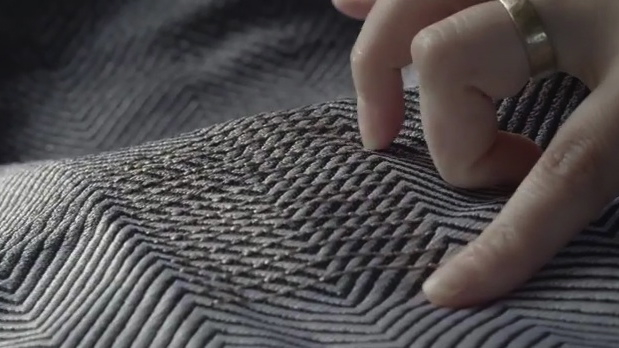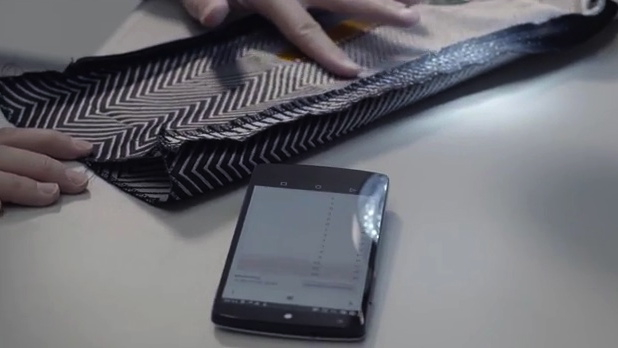This is Google and Levi's plan to redefine the clothes we wear
Love your Levi's? They're about to get much smarter
TR: Do you see Project Jacquard as something that's going to be accessible from the outset to the mass market? Or will the first Jacquard garments be targeted as a niche product to start?
PD: We are designing this product for people who love the brand already. We're not dabbling in this space and going after some outrageous markup. This is a modest premium; it's not prohibitive.
TR: Do you see you Levi's coming up with the applications that go with the garment, where it will be all about Levi's branded apps? Or will other apps be able to connect to the garment? Or will it be a combination of both?
PD: A combination of both, I believe, will be the right answer. We can't proceed and go through all of this rigamarole without knowing that upon purchase, there's going to be a useful application that's going to deliver a seriously valuable opportunity. We already know what [our consumers] need and want. We're going to go out with a very focused suite of applications developed in conjunction with the team you see here now [at Google IO]. But from there, this is a platform and we really need the community of developers to quickly take it up and start riffing on this. That's what's going to accelerate the deployment broadly. The more excitement we can generate with that community, the more broadly we can apply it, get excitement going, and get to scale and volume quickly.

TR: When you speak about volume, are you talking about Levi's only or are you seeing something bigger brewing for fashion?
PD: The intention is that this is then going to go beyond Levi's, and that this is going to become the norm for the expectation of what a garment can do. That's what I hope to see for the industry; that it helps redefine our relationship with clothes, and what we perceive as a value in clothing.
TR: Are you working with Google to learn the new language of developers, and to determine what the shape of our new clothing will look like?
Sign up for breaking news, reviews, opinion, top tech deals, and more.
PD: We are. [We're now] proofing the form through the supply chain, and there are tandem workstreams that are around unlocking that tight group of applications for us. The next stage after that is for Google to work on creating that kit, and creating access to the form and its opportunities by explaining what gestures, what states of motion, and what forms of feedback are available, so those parameters can be shared out. They're going to be new and different, and they may feel constrained in some cases. They also may feel like a tremendous [opportunity] in others. And it's going to require a fairly open mind on the part of the developer community.

TR: Do you foresee garments being multipurpose, or having controls for specific needs?
PD: The fundamental nature of the garment's form will cue applications, those applications will relate to gestures that appropriate to the garments that you'll wear. So it will be an exciting unveil when all of that comes together.
TR: When can we expect to see the first Project Jacquard-enabled garments?
PD: This is fashion, so we talk about the spring season and the fall season. Spring 2016 will be an opportunity for us to bring product to influencers and testers and developers, to work out the kinks and vet and validate. And then the consumer will get their hands on it in the backhalf of the [year].